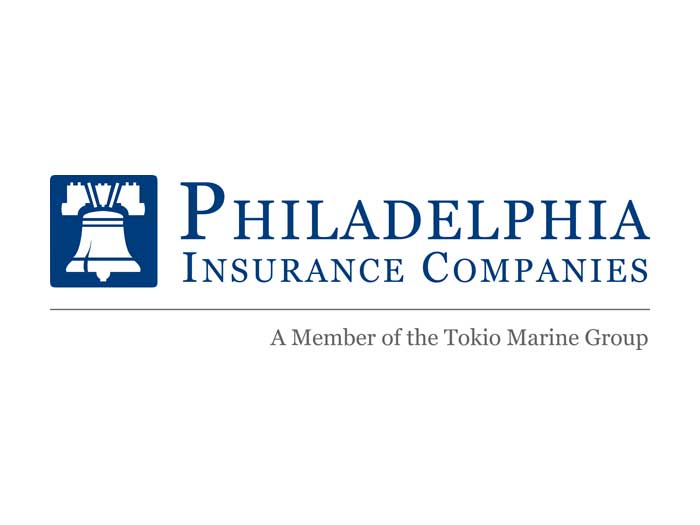Risk Insider: Mary Ann Cook
Exceeding Expectations
The risk management and insurance (RMI) industry has been talking about it for years: there simply are too few qualified college graduates to fill job openings.
Employers spend considerable resources on recruitment, only to settle on new hires who have some industry knowledge and experience but are often unprepared for the day-to-day work the positions require. Employers get stuck in a cycle of excessive (and expensive) onboarding and immediate training to get young employees up to speed.
Students at most universities today feel the pull between scholarly learning and gaining on-the-job skills to land positions and pay off student loans after graduation. While universities have made efforts to prepare graduates for the working world, business graduates, even those with RMI degrees, don’t always know what employers’ expectations will be.
That’s where we, as an industry, must come in. We’ve already made strides. Today, RMI students at nearly 60 schools can take college courses providing partial credit toward the Chartered Property Casualty Underwriter (CPCU®) designation through The Institutes’ Collegiate Studies for CPCU program, which embeds key industry learning into class curriculum.
Insurance organizations are driving outreach efforts too. Many employers partner with groups like MyPath and Gamma Iota Sigma (GIS) to provide background about the insurance business and put students and recent grads on a sound career path.
Faculty can bring in insurance industry employees to expand the discussion beyond “Here’s what I do” to include “Here’s what we need you to do.”
But the lingering gap between open positions and work-ready graduates is a clear sign greater collaboration between employers and universities is needed.
Apprenticeships, essentially internships updated for today’s job market, are one growing way to forge connections between industry and academia. Employers play a significant role designing the curriculum, supported by colleges. Student apprentices are paid for their work and are guaranteed a job after graduation.
Faculty can build on partnerships in the classroom, typically by bringing in insurance industry employees and ensuring they expand the discussion beyond “Here’s what I do” to include “Here’s what we need you to do.”
Additionally, faculty and industry can partner in research projects to enhance understanding of the business environment and how colleges and universities can work with employers to better meet those needs.
But acquiring new knowledge must continue once an employee starts on the job. Employers that continue to develop the skills of the employees they recruited will see greater loyalty and that culture of learning will result in more innovation and happier teams.
Of course, this training should be tied to strategic objectives with demonstrable results. But organizations can start with informal initiatives, such as lunch-and-learn sessions, which get employees excited about sharing knowledge and learning new things.
Being motivated by learning is one of the great thrills and privileges of a college education. As an industry, it’s our job to foster that enthusiasm in our students and future leaders while providing a framework to help them learn the skills they’ll need to be successful risk and insurance professionals.
If we can do that, there’s no doubt we’ll all benefit from a return on that investment through their continued engagement and commitment.










